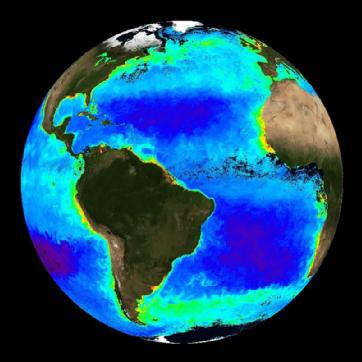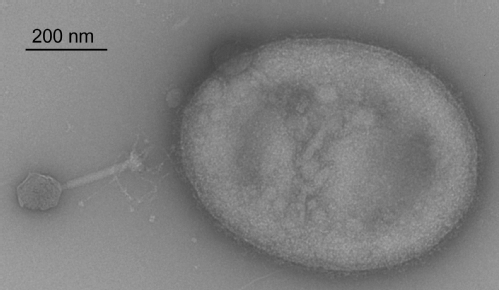ERC Funded Virfix Project
Virfix is an ERC Advanced grant which started 1st January 2021 and will finish 31st December 2025. It seeks to obtain a mechanistic understanding of how viruses switch off CO2 fixation in marine cyanobacteria, organisms which are the most abundant primary producers on planet Earth. Thus, we also aim to model how this inhibition affects global estimates of marine primary production. Much more broadly we seek to understand how viruses subvert the metabolism of their phytoplankton hosts particularly under different light and nutrient regimes.

Why is Virfix important?
Oceans are the ‘beating heart’ of Earth’s carbon cycle: with <1 billion tonnes of phytoplankton alive in the ocean at any one time but with 45 billion tonnes of new phytoplankton produced each year, phytoplankton have to reproduce themselves entirely, on average, 45 times a year, or roughly once a week. In contrast, the world’s land plants have a total biomass of 500 billion tonnes, most of it wood, but with much slower growth compared to phytoplankton plants reproduce themselves entirely only once every ten years. As a result, the functioning of this ‘fast’ marine phytoplankton carbon pump (i.e. the fixation of atmospheric CO2 into biomass and the subsequent sinking and burial of this biomass into the deep ocean) is critical for absorbing and sequestering the increased levels of CO2 currently entering the atmosphere from anthropogenic input. Cyanobacteria of the genera Prochlorococcus and Synechococcus are numerically the most abundant phytoplankton components in marine systems contributing 25% of global oceanic primary production but with this figure increasing to as much as 90% of the total in nutrient poor regions. We have discovered that viruses infecting these cyanobacteria (so called cyanophages), as well as directly controlling cell abundance through cell lysis, also shutdown CO2 fixation during the infection process. This has profound implications for surface ocean biogeochemistry, including carbon dynamics as well as the planet's climate. Since cyanophage outnumber their hosts 10-fold causing an estimated 1025 infections a day, we have estimated that around 5 billion tonnes of carbon is lost to viral-induced inhibition of CO2 fixation per year (around 3-fold greater production than the sum of all coral reefs, salt marshes, estuaries, and marine macrophytes on Earth!).

Current members of the Virfix Team
Dr Branko Rihtman (PDRA)
Dr Jack Dickenson (PDRA)
Dr Andrew Murphy (PDRA)
Dr Gerald Misol (PhD Student)
Julie Scanlan (Research Technician)

